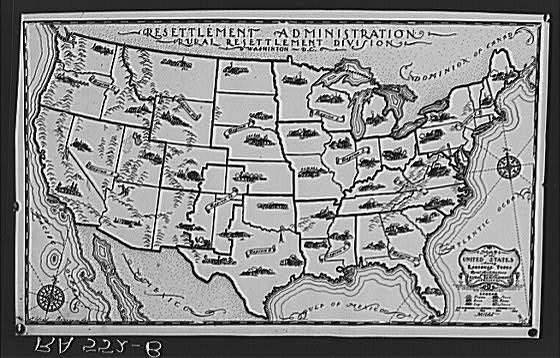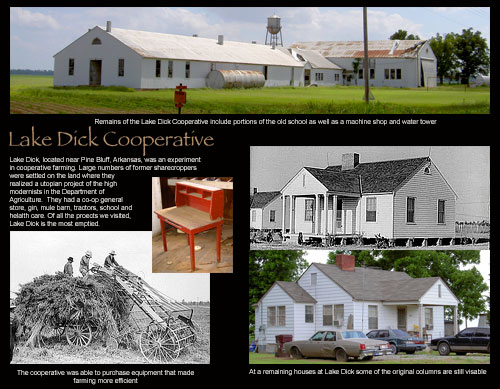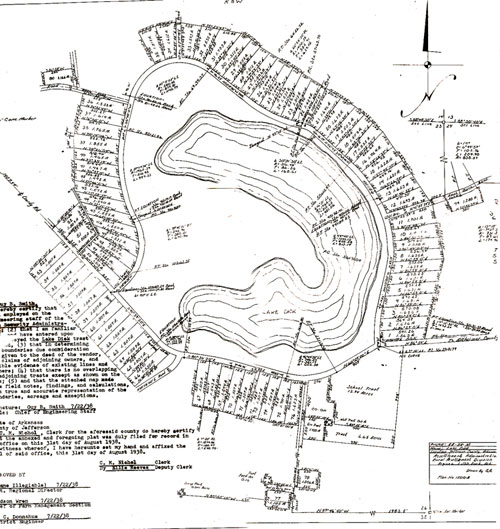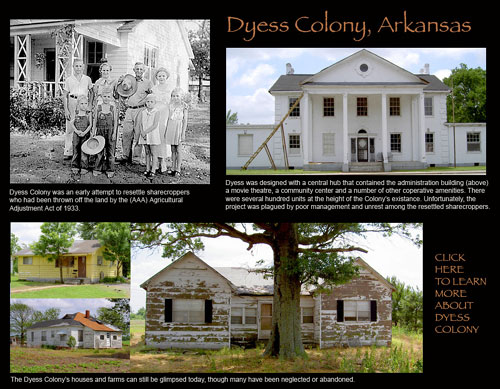| home | pg. 1 | pg. 2 | pg. 3 | pg. 4 | pg. 5 | pg. 6 | pg. 7 | pg. 8 | pg. 9 | pg. 10 | pg. 11 | Map of FSA Projects | Map of Transylvania | notes | Transylvania detail 1 | Transylvania detail 2 | Wolcott detail | Bibliography | D. Gorton Homepage | Jane Adams Homepage
|
|
by
Jane Adams
D. Gorton
Paper given at the Joint Meetings of the Agriculture, Food and Human Values Society and the Association for the Study of Food and Society, Boston University, June 7-11, 2006
| The Resettlement Administration/Farm Security Administration projects that gave sharecroppers and tenants access to their own land was an attempt to address rural poverty and the problem of tenancy through demonstration, or model, projects that emobided cooperative principles. |  Map showing regional types of architecture. Rural Resettlement Administration. Created 1935 or 1936. LC-USF341-000552-B Part of RA exhibit. Untitled sketches with neighboring call numbers depict vernacular homes and floor plans. Library of Congress, FSA/OWI collection |
|
The story of the FSA that has come down to those of us who are attached to the agrarian and populist traditions is a heroic one, of a progressive federal agency battling the forces of reaction and class power – particularly, in the South and far West, the landed oligarchy. This story is supported by the significant number of farmers assisted: By the end of 1944, by our current estimate based on a survey of 8 Mississippi Delta counties, perhaps 3.5 percent of the Delta’s land in farms was redistributed and the new smallholders made up approximately 2 percent of Delta farms.[1] |
 |
|
Lake Dick Cooperative Project was one of the few RA projects that modeled itself on the industrialized plantation. The "clients" lived in houses built around Lake Dick, and farmed the land collectively under the direction of a farm manager. This map is scanned from the original plat in the Jefferson County Courthouse, Pine Bluff, Arkansas.[2]
|
 |
|
In contrast, most FSA projects in the Delta subdivided plantations into 40-60 acre plots, each of which was a diversified family farm. Dyess, Arkansas, famously home of Johnny Cash, was one of the earliest such projects, and one of the largest.
|
 |
|
home | pg. 1 | pg. 2 | pg. 3 | pg. 4 | pg. 5 | pg. 6 | pg. 7 | pg. 8 | pg. 9 | pg. 10 | pg. 11 | notes | Map of FSA Projects | Transylvania detail 1 | Transylvania detail 2 | Wolcott detail | Bibliography |
|